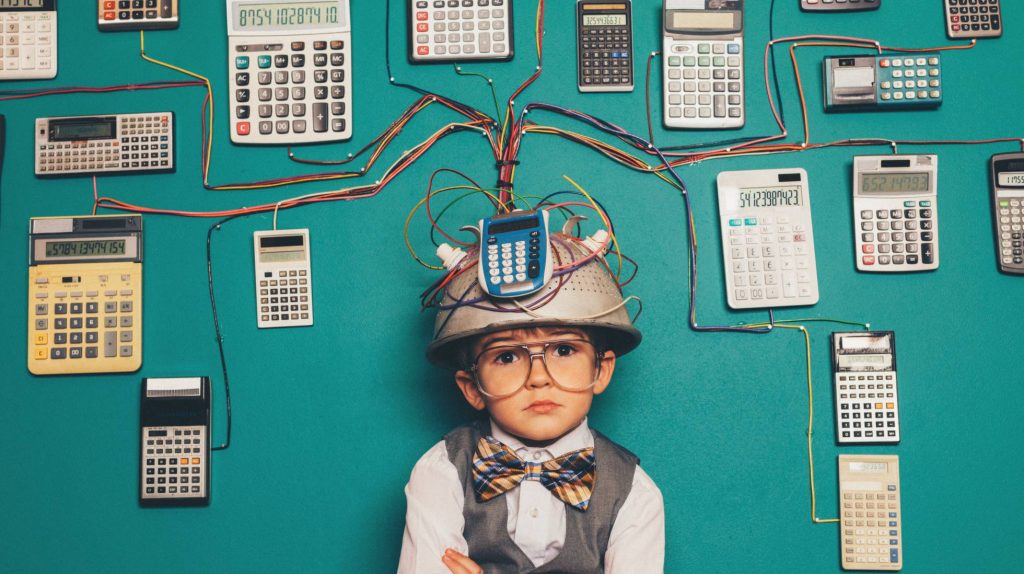Understanding How the Brain Learns: Insights from Neuroscience, Psychology, and Education

Introduction
In the realm of education, the way students prefer to study often diverges from the methods that would yield the best results. Strategies like rereading, listening to music, or compulsive reviewing may feel comfortable, but they may not necessarily be the most effective. Therefore, it becomes essential to comprehend how the brain learns, including the mechanisms, neurotransmitters, and circuits involved, as well as the internal and external actions and circumstances that promote more enduring learning. Neuroscience, psychology, and education intersect in the classroom to enable teachers to adapt their teaching methods to each child, recognizing the diversity of cognitive abilities and sensitivities. Ultimately, the goal is to equip learners with tools and knowledge applicable throughout their personal and professional lives.
Dispel Misconceptions
It’s important to debunk the notion that learning in one’s preferred style is synonymous with efficiency. Often, individuals develop study habits spontaneously, based on their preferences for study time. However, there are actions and circumstances that assist everyone in learning, even if they aren’t intuitive or particularly enjoyable. Additionally, it’s necessary to clarify the concept of different learning styles, which suggests that individuals have distinct brains that learn differently. Scientifically, this idea has been repeatedly examined and never proven. Understanding these concepts sets the stage for adopting more effective learning strategies.
The Role of Emotion and Motivation
Emotions play a significant role in learning, as they influence one’s willingness to exert effort when studying. Emotional states affect individuals differently, particularly in childhood, when experiences can have long-lasting effects on neural development. Therefore, creating a positive classroom environment is crucial for effective learning. Emotions are closely tied to motivation, which depends on factors such as interest, self-efficacy, and appropriate effort. Teachers play a pivotal role in fostering motivation by incorporating engaging methods, including the use of technology, which can significantly enhance students’ learning experiences.
Brain and Learning
Two primary types of memory—long-term memory and working memory—are fundamental to the learning process. Long-term memory stores acquired knowledge, while working memory is the mental space where information is processed and attended to. Understanding the distinction between these memory systems is crucial because all learning must pass through working memory, where connections between existing knowledge and new information are established. Rich connections between neurons facilitate learning, which can be enhanced through deliberate practice and repetition.
Strategies for Better Learning
Traditionally, rote memorization was the norm, but contemporary learning emphasizes the importance of conceptual understanding and the development of a network of connections in the brain. Effective learning involves active engagement with the material, such as summarizing in one’s own words, generating examples, creating analogies, or constructing conceptual maps. Additionally, studying in a distraction-free environment and diversifying learning contexts contribute to more robust and transferable knowledge acquisition.
The Impact of Neurodevelopmental Disorders
The prevalence of neurodevelopmental disorders, such as ADHD and learning disabilities, has increased significantly in recent years. Proper management of these conditions requires a multidisciplinary approach involving healthcare professionals, educators, and families. Early identification of developmental delays is crucial to prevent academic underachievement and potential dropout rates. Educators play a vital role in supporting students with neurodevelopmental disorders by adapting teaching strategies and providing necessary accommodations.
Conclusion
In conclusion, understanding how the brain learns is essential for designing effective educational practices. Insights from neuroscience, psychology, and education converge to inform teaching methods that cater to diverse learning needs. By incorporating evidence-based strategies, fostering positive emotional environments, and promoting intrinsic motivation, educators can facilitate deep and enduring learning experiences for all students.


